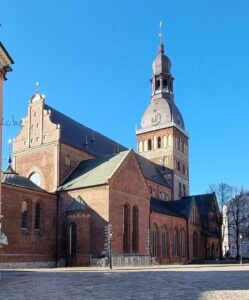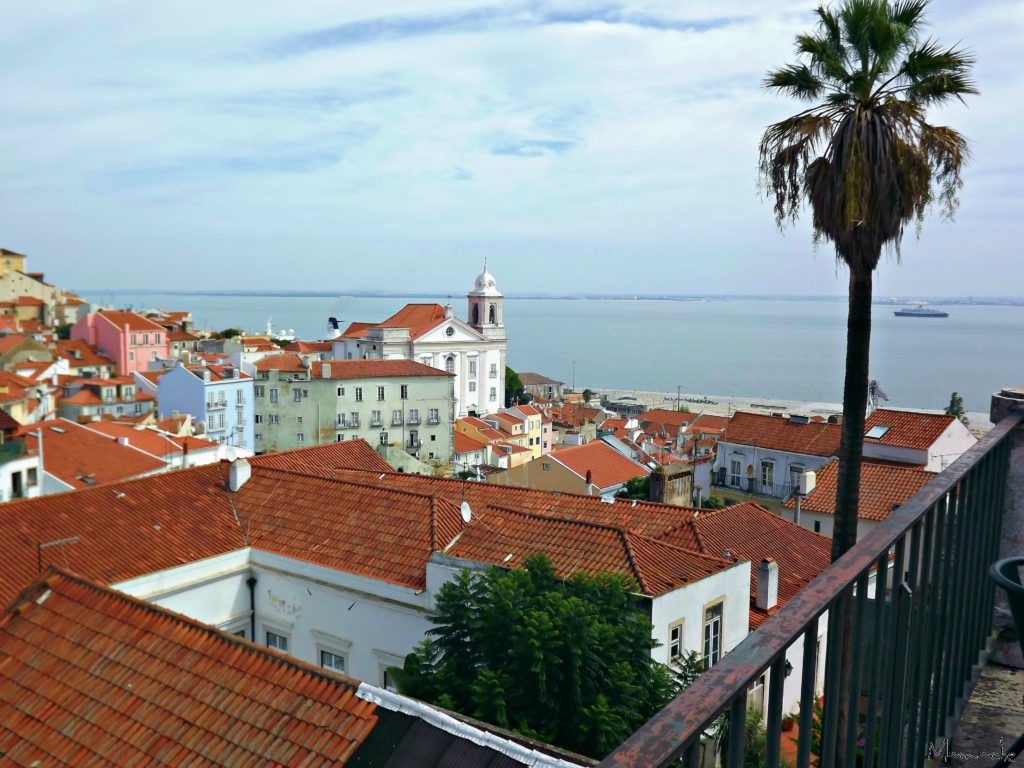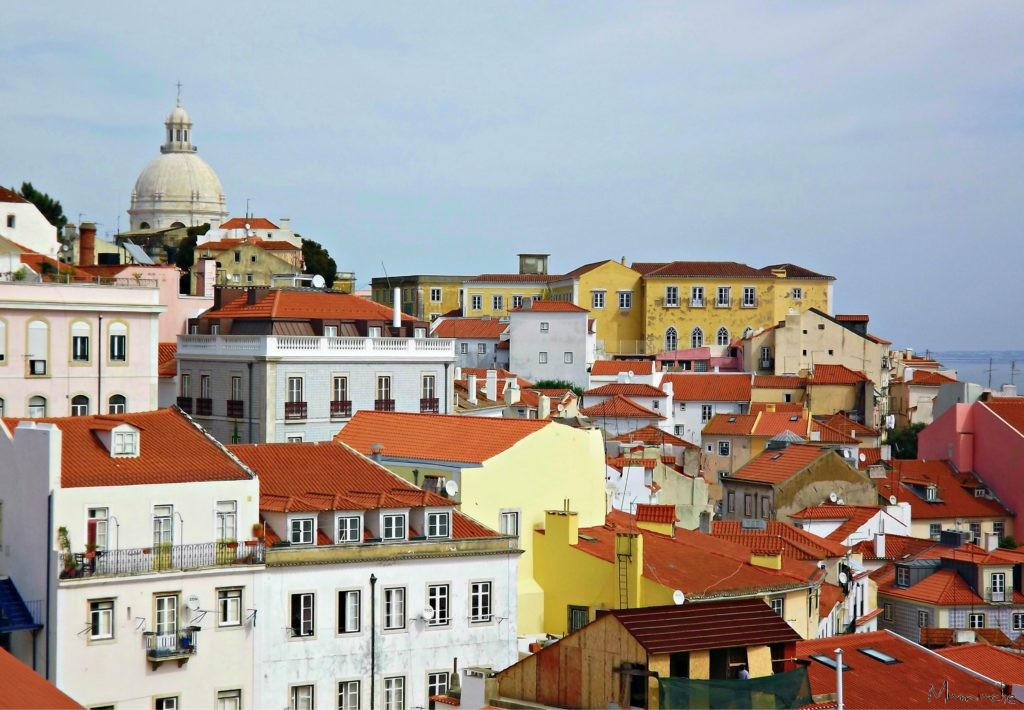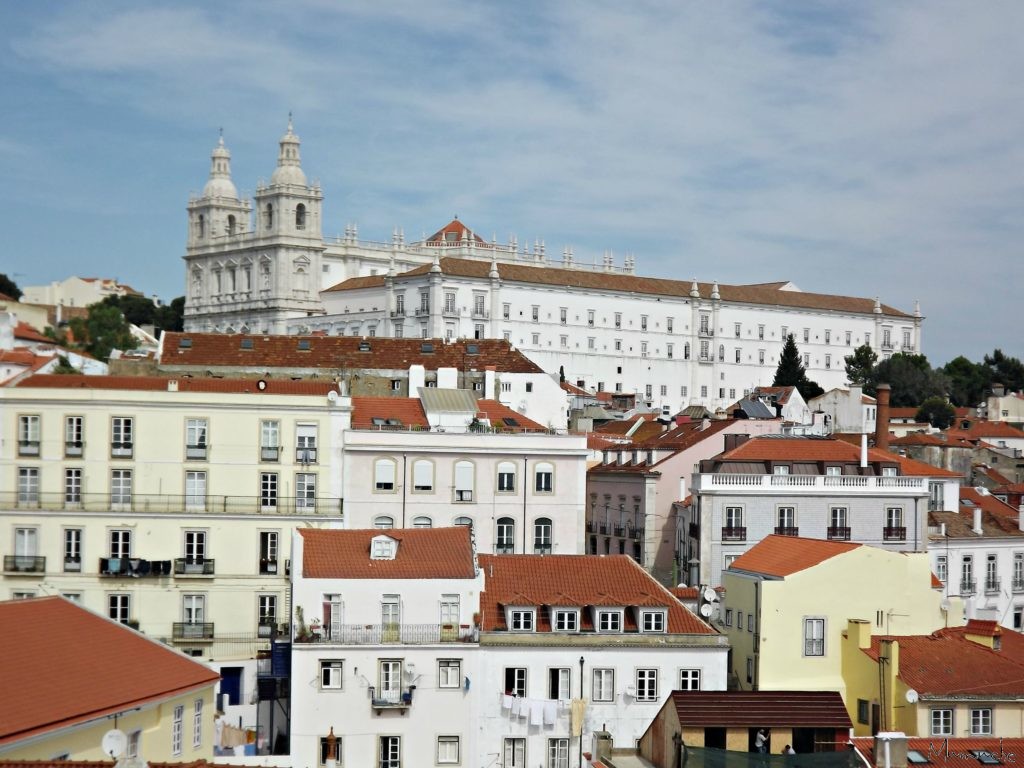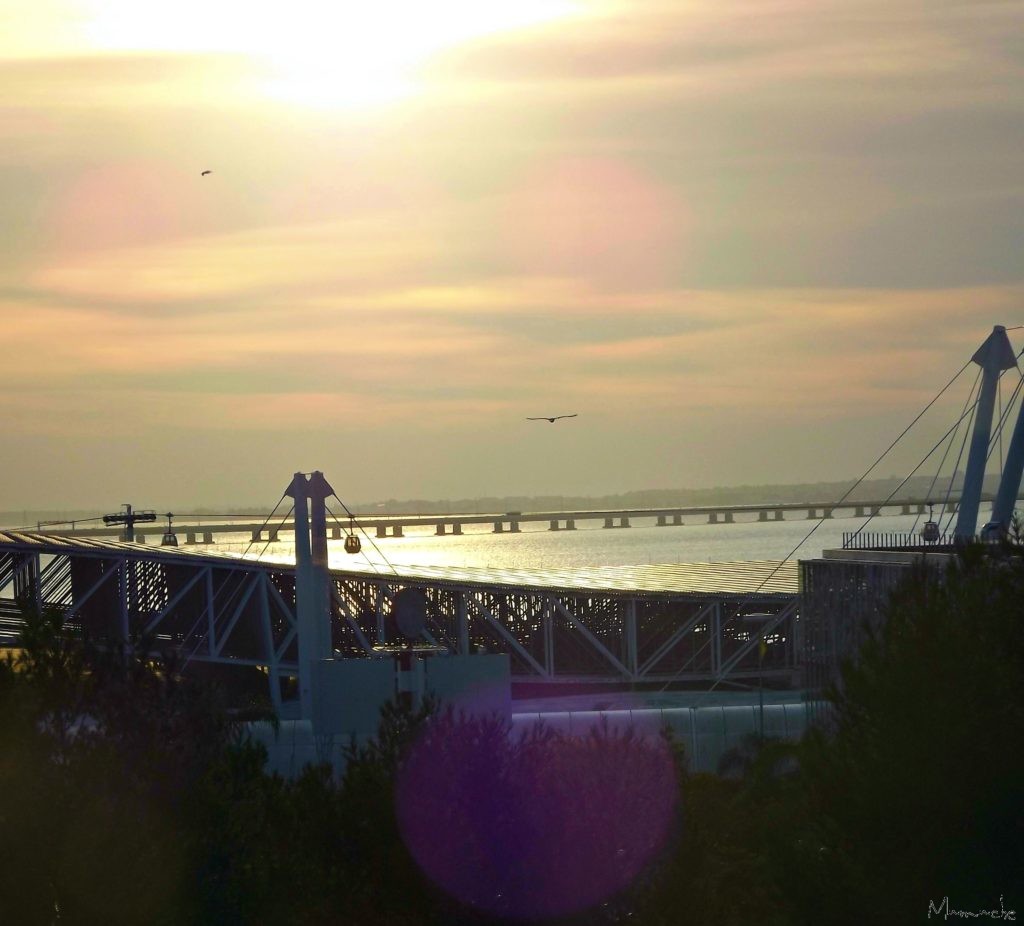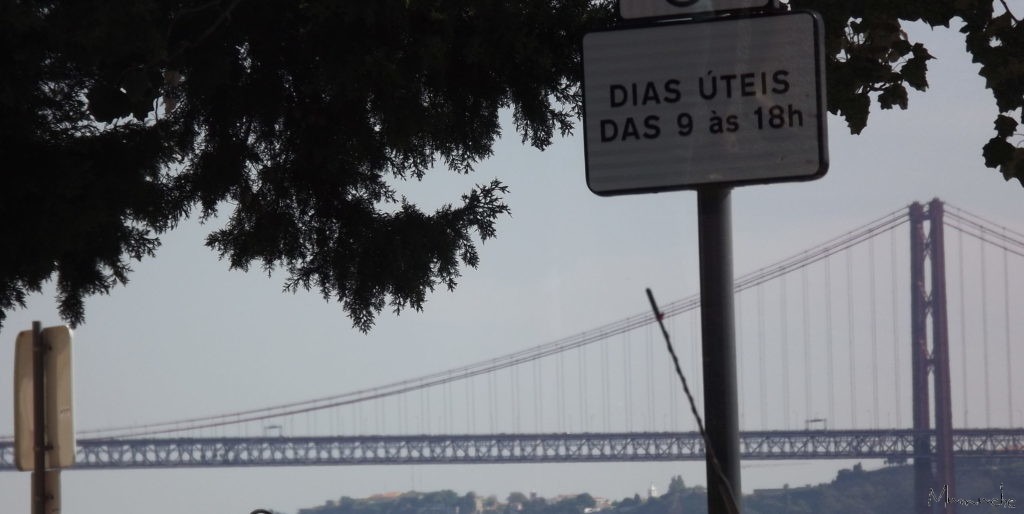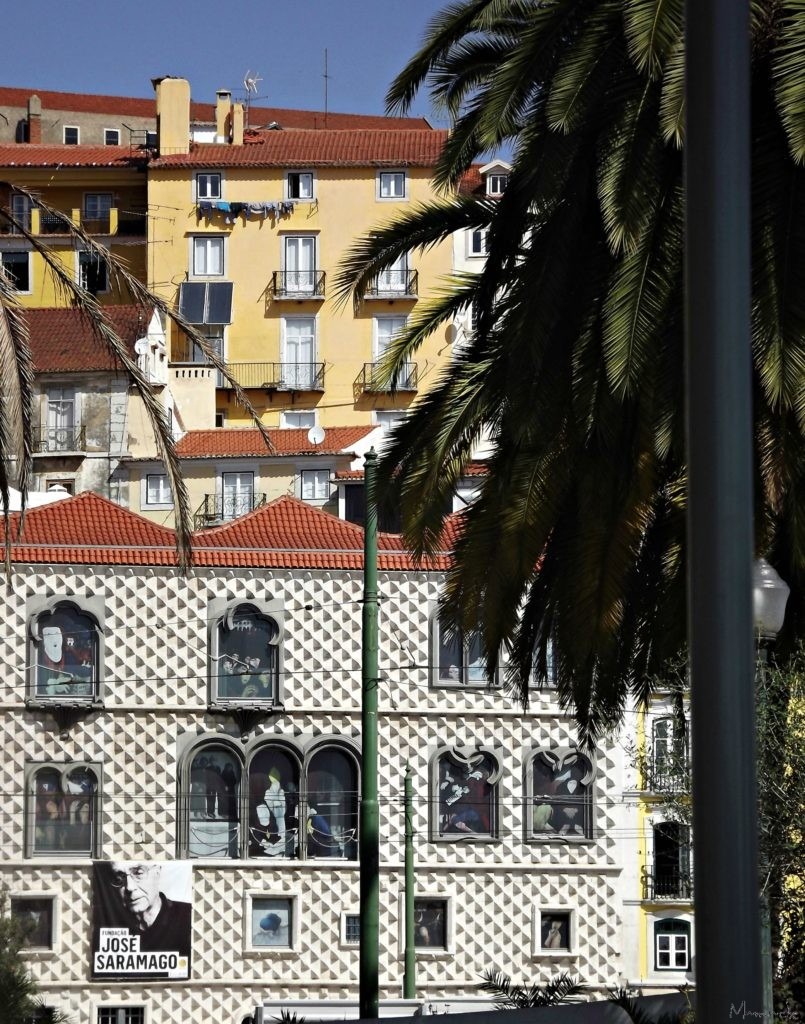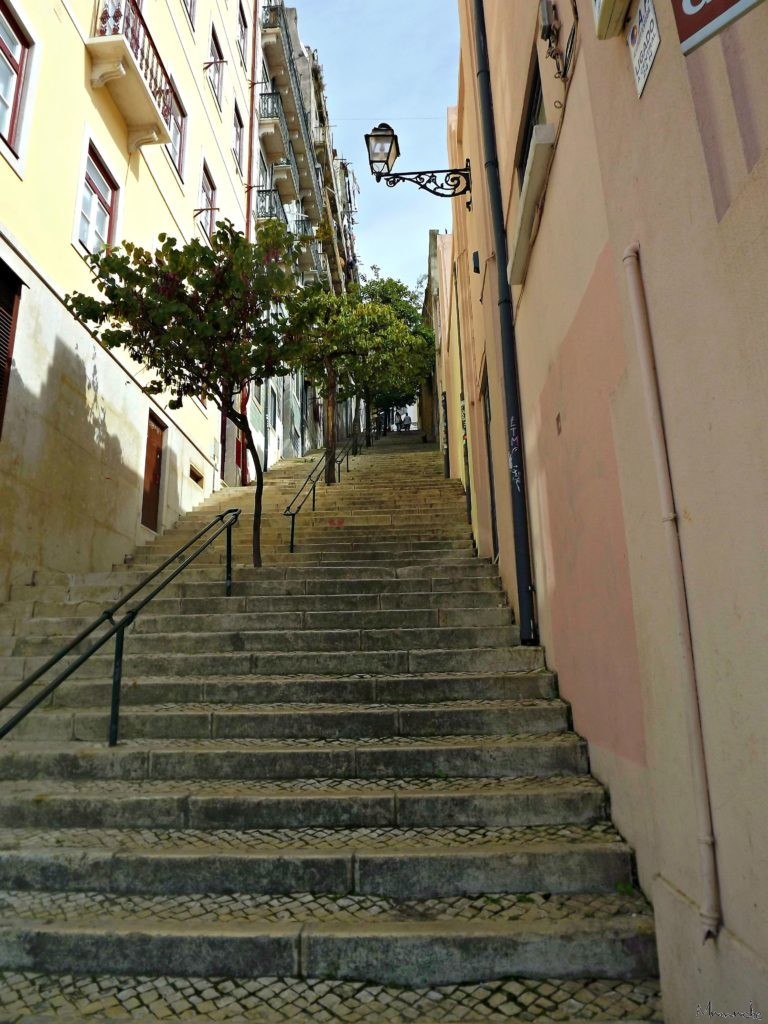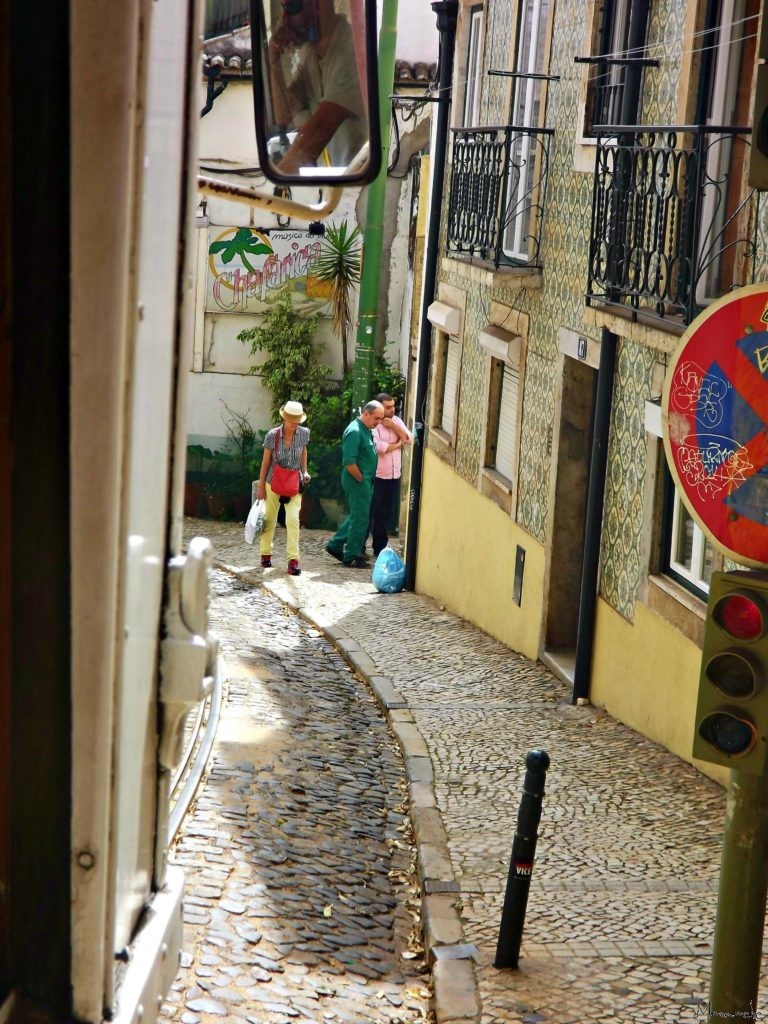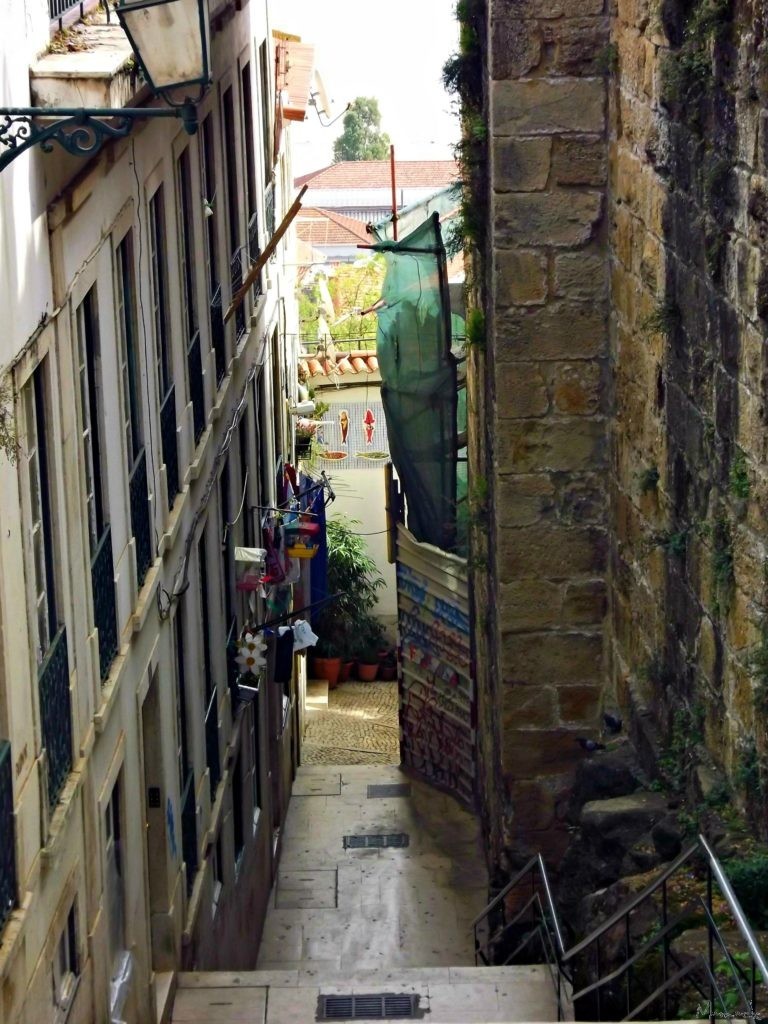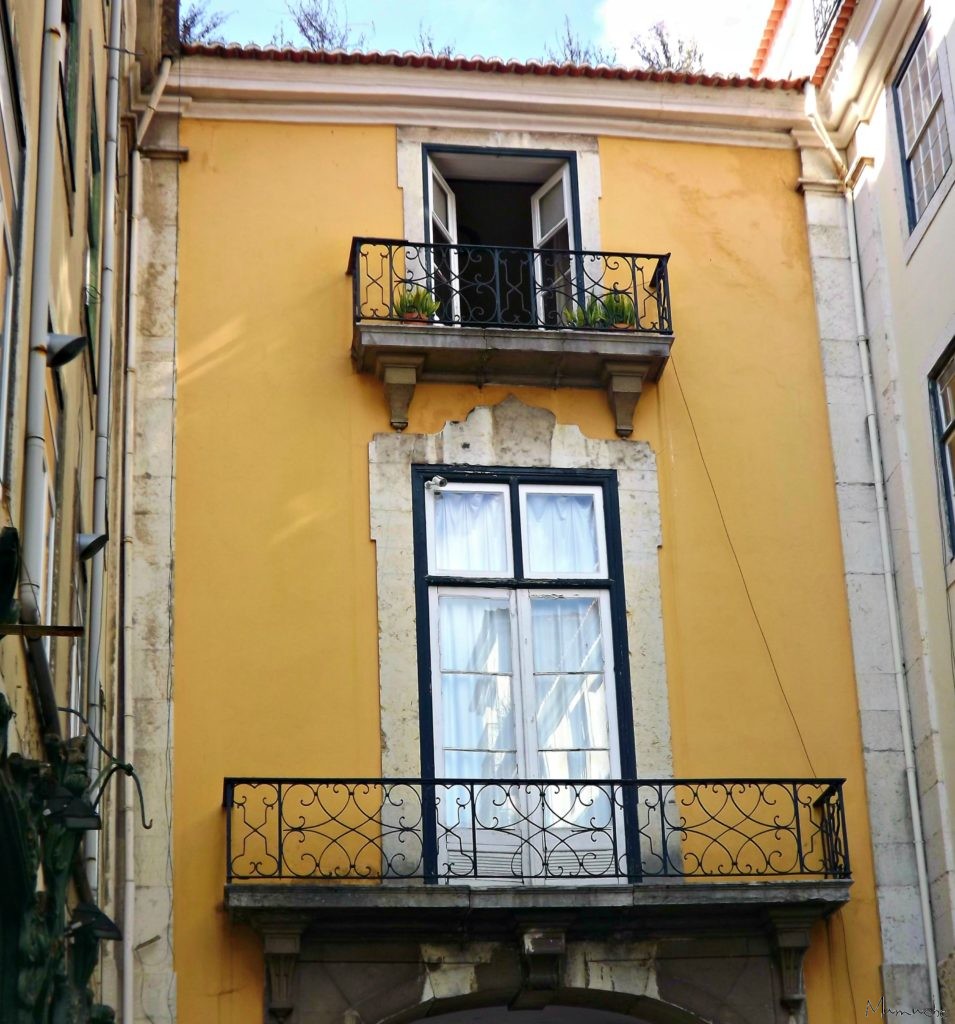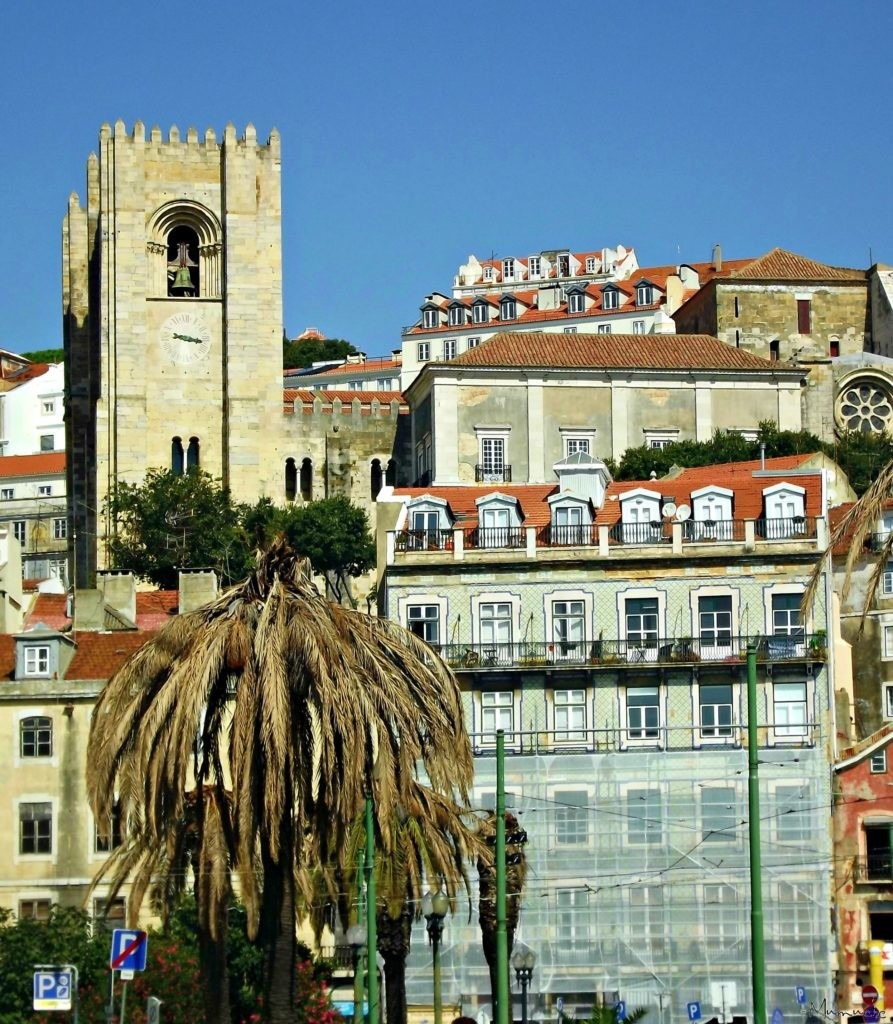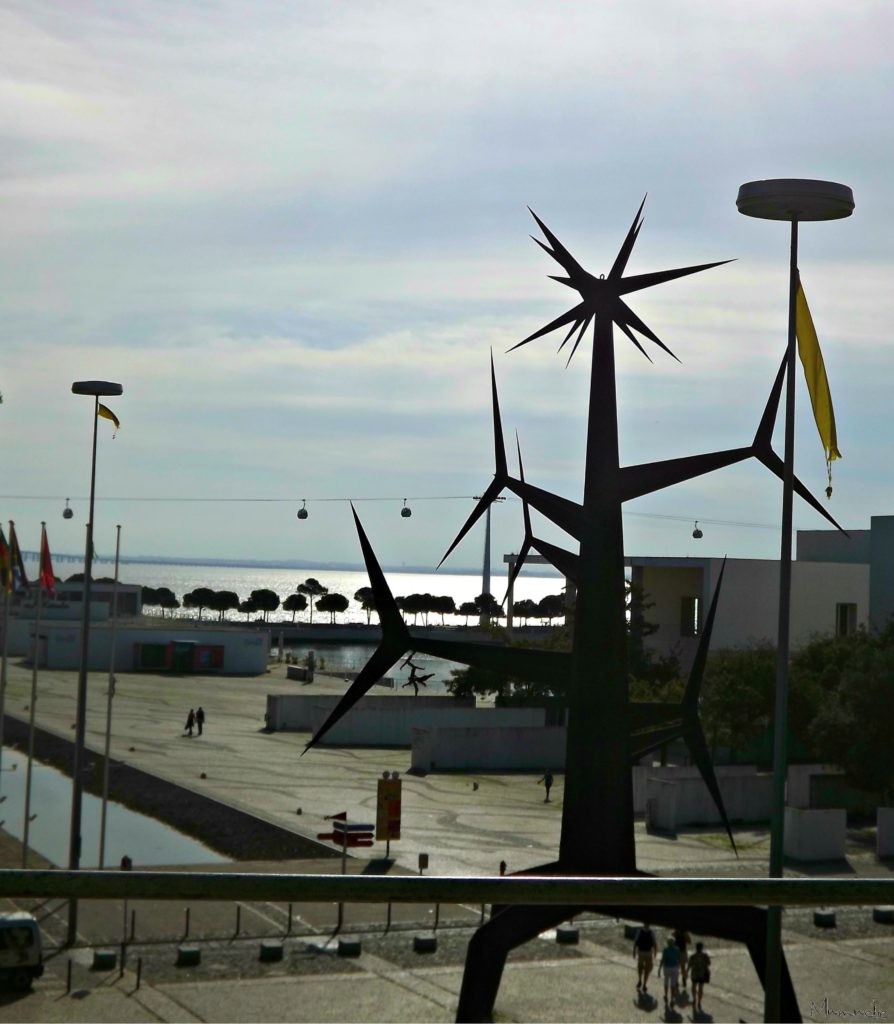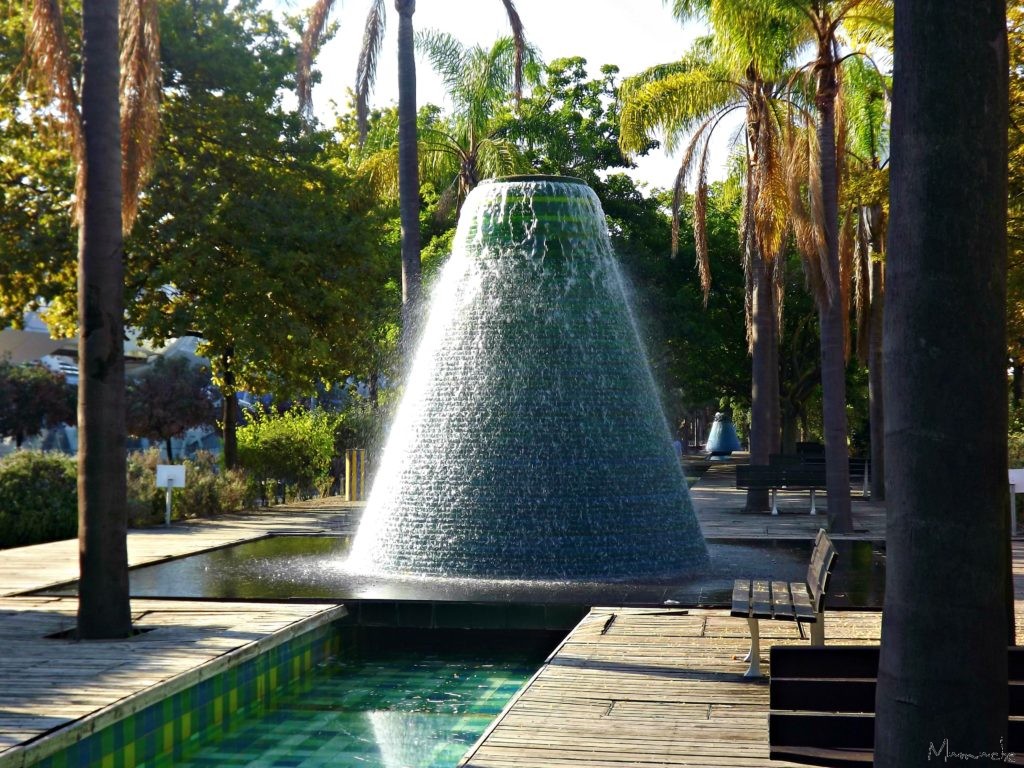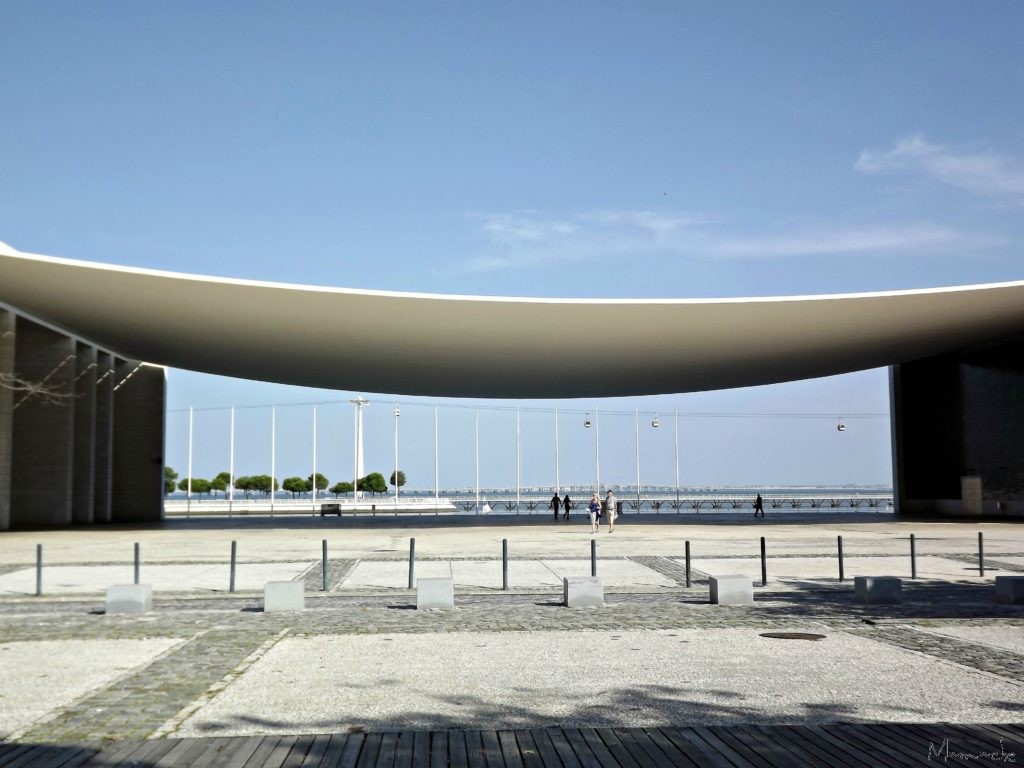Riga,Latvia
Discover the wonders of Latvia, a thriving and economically dynamic democracy in the heart of Europe. Explore its rich history, vibrant culture, and breathtaking landscapes. Immerse yourself in the charm of Riga, the capital city, known for its stunning architecture and energetic atmosphere. Experience the largest city in the Baltic States and witness firsthand why Latvia is a must-visit destination.
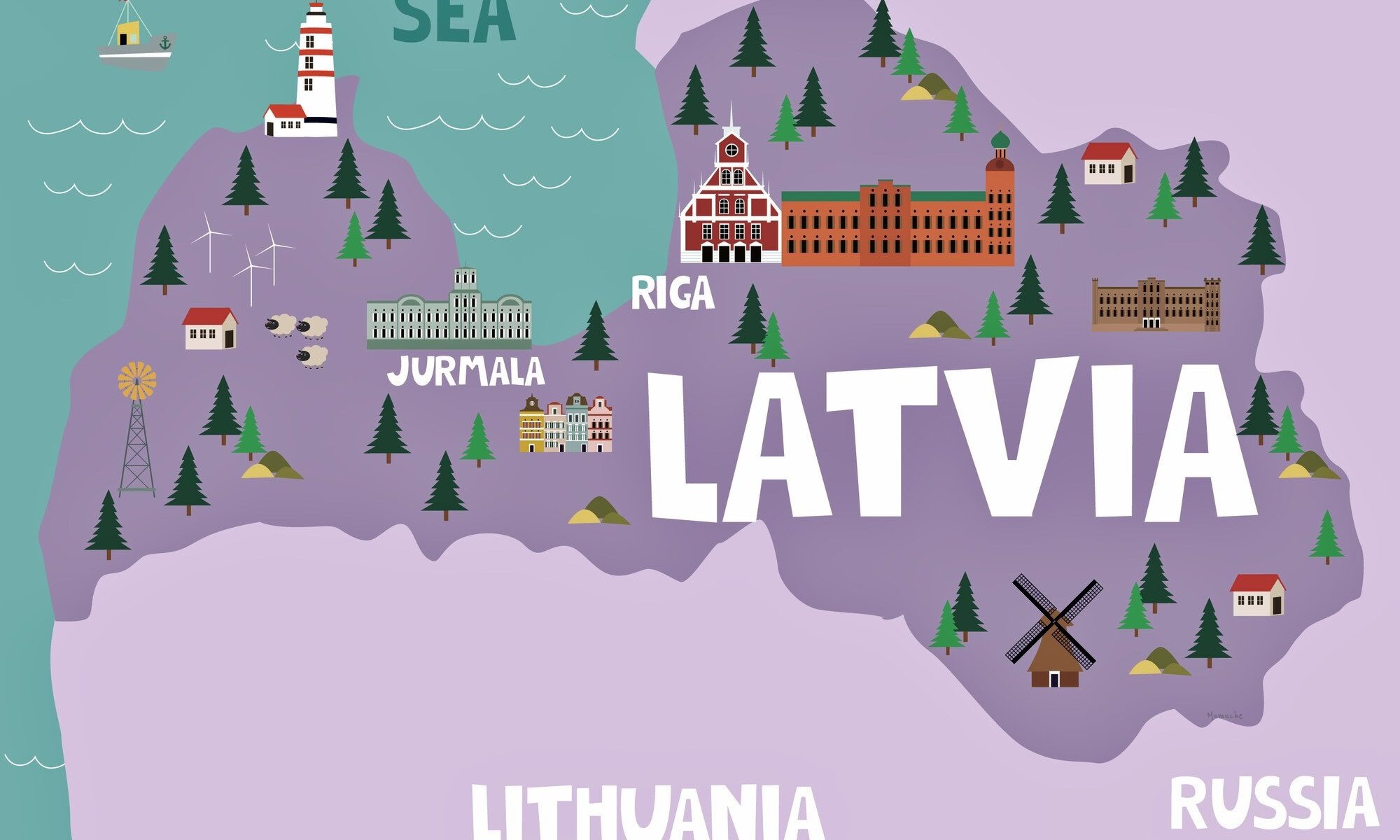
Riga is the capital of Latvia and is also the largest city in the three Baltic states. The city lies on the Gulf of Riga at the mouth of the Daugava river where it meets the Baltic Sea. The city is located on both banks of the river Daugava which separates the city into two parts, Vecriga (Old Riga) and Pardaugava.
Four bridges, and one only for railway traffic, connect the banks.

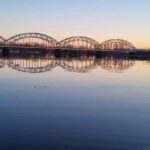

Albert of Bremen established Riga in 1201, using it as a port and a base to conquer and evangelise the native Livonians.
In the 13th to 15th centuries, Riga became the principal commercial centre of the region and was governed by the Archbishop of Riga.
In 1522, the Reformation made it to the city, ending the rule of the Archbishops.
Riga joined the Kingdom of Sweden in 1621 but kept a great deal of its independence.
Swedish sovereignty in the city was overthrown by a Russian invasion led by Peter the Great in 1710, which also solidified Russian dominance.
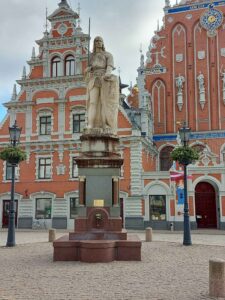
Riga’s Old Town has been designated as a UNESCO World Heritage Site. Stepping into this living museum feels like being transported back in time to an era when craftsmanship and attention to detail were held in high regard.
At the heart of Riga lies its renowned Old Town (Vecrīga) and city center (Centrs), where over 800 buildings proudly showcase the exquisite Art Nouveau style of architecture.
This unique style, also known as Jugendstil in German, is characterized by its intricate building facades adorned with mesmerizing carvings of flowers and other organic motifs.
you’ll also find hundreds of green areas and parks scattered throughout the city. Whether you’re in the bustling city centre or exploring the charming Old Town, there’s always a tranquil spot nearby where you can escape the hustle and bustle. These green spaces provide a breath of fresh air and a peaceful retreat from urban life.
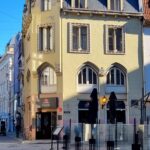
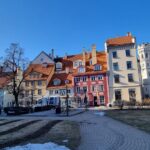
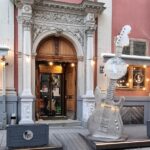
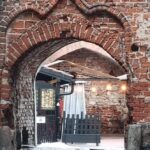

whether you’re seeking tranquility in lush green parks or immersing yourself in cultural experiences within museums and theatres – Riga has it all!
The Freedom Monument in Riga, Latvia, is a significant symbol of the country’s freedom and independence. It is a memorial dedicated to soldiers who lost their lives during the Latvian War of Independence. Standing at 42 meters high, the monument is made of granite, travertine, and copper, and it is frequently used as a gathering place for public events and official ceremonies.
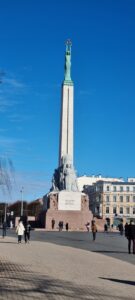
Riga Central Market is a popular and historic marketplace located in Riga, Latvia.
It is one of the largest markets in Eastern Europe and attracts a high number of visitors daily.
The market’s iconic food pavilions, originally military airship hangars, add to its architectural appeal.
Additionally, the market’s old warehouses, known as spikeri, have been converted into a trendy arts and entertainment area.
In recognition of its historical and cultural significance, Riga Central Market was added to the UNESCO World Heritage list in 1998.
The Cat House in Riga is a historic building constructed in 1909. It is famous for its distinctive cat sculptures on the roof, depicted with arched backs and raised tails. The placement of these cats, with their tails turned toward the nearby Great Guild house, is said to be a symbolic gesture of the owner’s animosity towards its occupants.
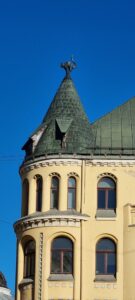
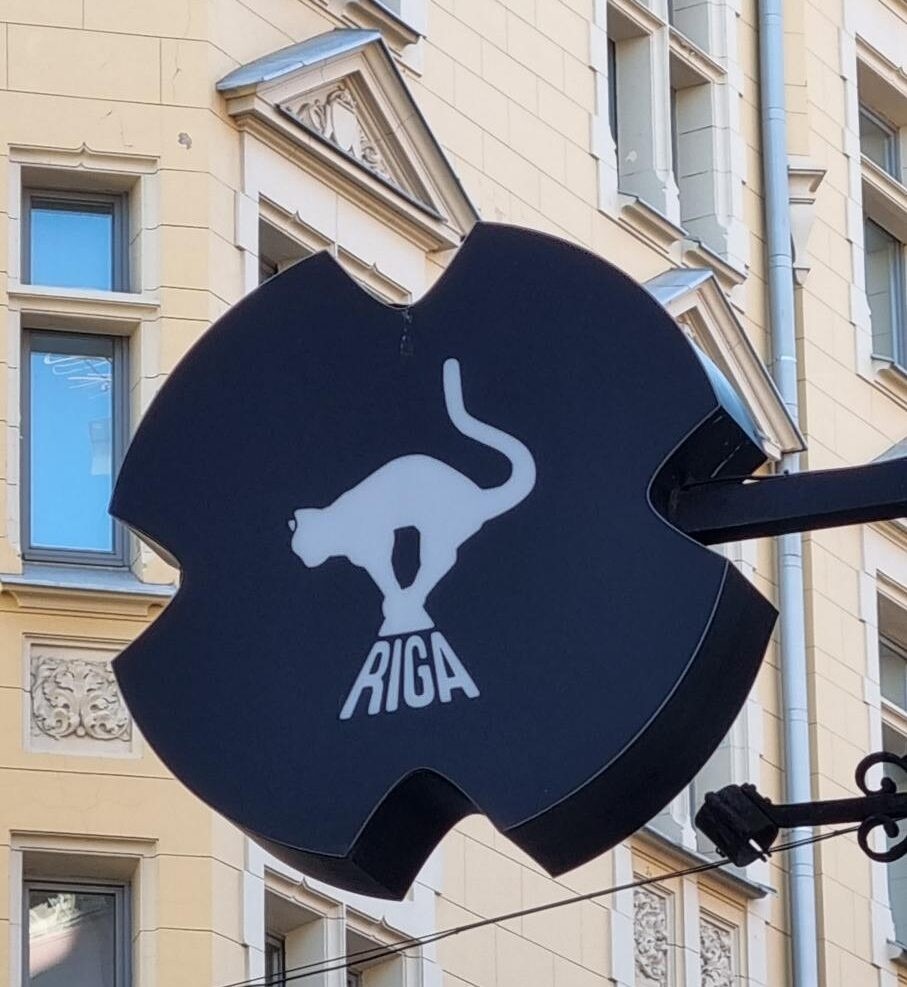
St James Cathedral in Riga is a significant symbol and historical site, and is the seat of the Archibishop of the Evangelical Lutheran Church of Lavia.
Built in the 13th century, it has been modified over the years.
The cathedral features a weather vane in the shape of a cockerel on its spire, as well as an older version displayed in its Romanesque cloister.
The Dome Pipe Organ, while once the largest in the world, was destroyed in a fire in the 16th century. The current organ, installed in the 1880s, is known for its magnificent carved wooden case and 6718 pipes.
